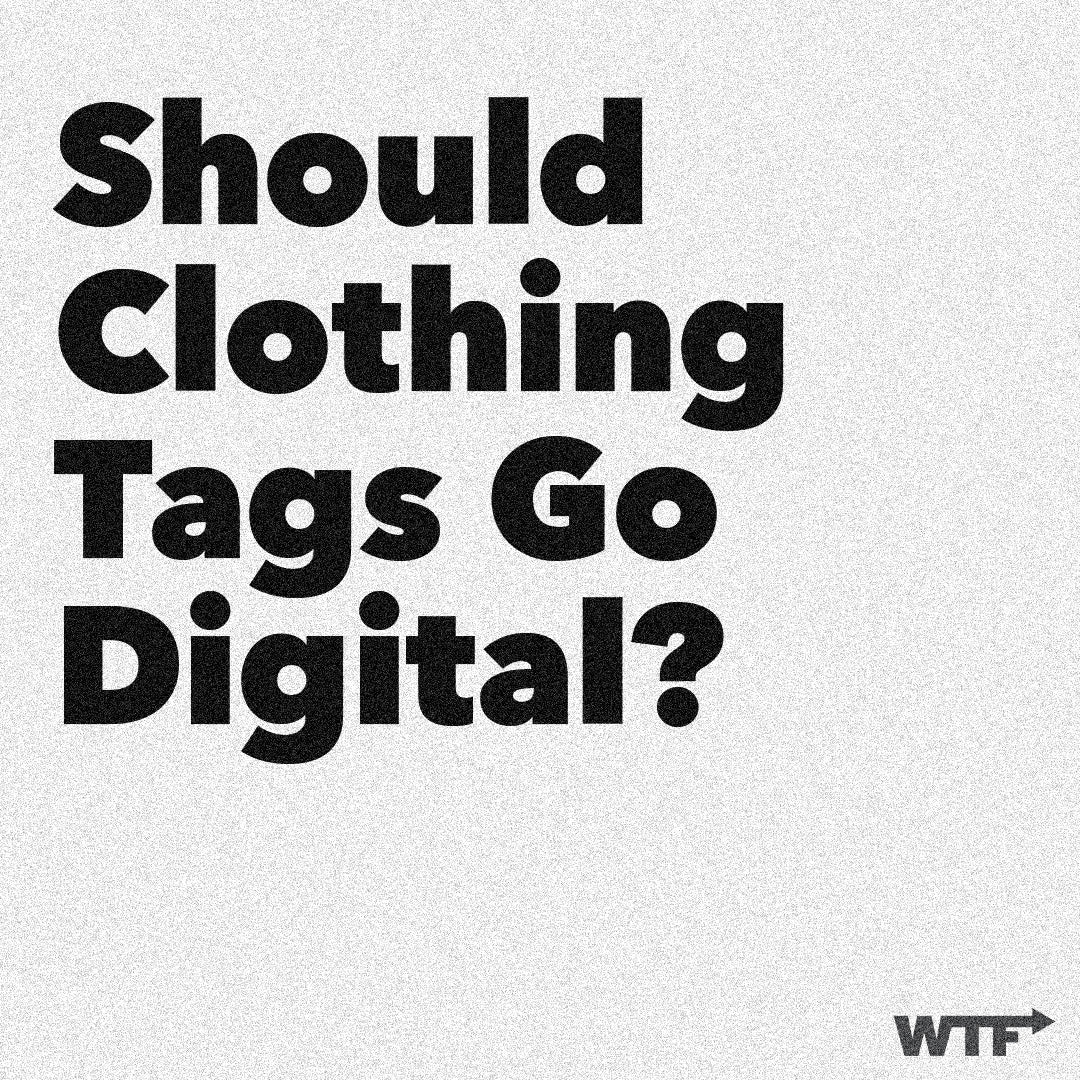In yesterday's post about sensory friendly clothing, we talked about tagless clothing being an example of sensory friendly clothing. A lot of us cannot stand being poked by the annoying tag and resort to cutting it off of our shirts anyway, so some companies do us a favor by omitting the tag altogether. Instead of the traditional sew-in labels, some brands have started to print labels as an alternative to sewn-in tags.
As of right now, we only really see printed labels popularized on casual garments like t-shirts. Printed labels may not work for every piece of clothing. For example, clothing made of sheer fabrics is not suitable to have printed labels since the printing would be opaque and show through the clothing item. For these types of garments, some type of compromise or alternative would have to be made.
The ongoing conversation surrounding whether or not clothing items should be required to have tags has recently been gaining more traction. Earlier this week, the Business of Fashion wrote an article titled "The Fashion Industry's War on Clothing Tags."
According to the BoF, a trade group representing more than 1,000 brands, retailers, and manufacturers, known as the American Apparel & Footwear Association, wrote a letter to the US Congress asking to get rid of physical labels in clothing if they chose. Instead of the traditional physical sew-in labels, brands could attach or print a QR code, URL, or some other way of providing consumers information regarding the fiber content, country of origin, and care instructions digitally.
While this seems like an interesting solution to the annoying tags that many of us cut off anyway, we should consider the full scope of what this entails. We should consider whether this solution could be excluding anyone and how. Although many of us own or at least have access to smartphones, not all of us have constant access to technology. While many restaurants have switched to providing menus via scanned QR codes, they are still able to provide a physical menu upon request.
At the same time, digital labeling has tremendous potential to offer inclusive and accessible solutions. Digital labeling can ease us all from the annoying tag that constantly pokes the back of our neck while also engaging us in ways that traditional labels never could. Even outside of the scope of inclusivity, there are plenty of real and beneficial uses that digital labeling can provide.
The EU is already one step ahead with the application of digital labeling. The EU has proposed its own legislation mandating digital product passports for certain items making it easier to be traced, recycled, and/or repaired.
What the EU is proposing proves that providing the fiber content, country of origin, and care instructions is just the beginning. The potential applications for digital clothing tags are endless!
It is essential for us to recognize that inclusivity and innovation work in tandem with each other and are not mutually exclusive topics. The implementation of technology into the fashion industry naturally paves the foundation for a more innovative and inclusive future.
